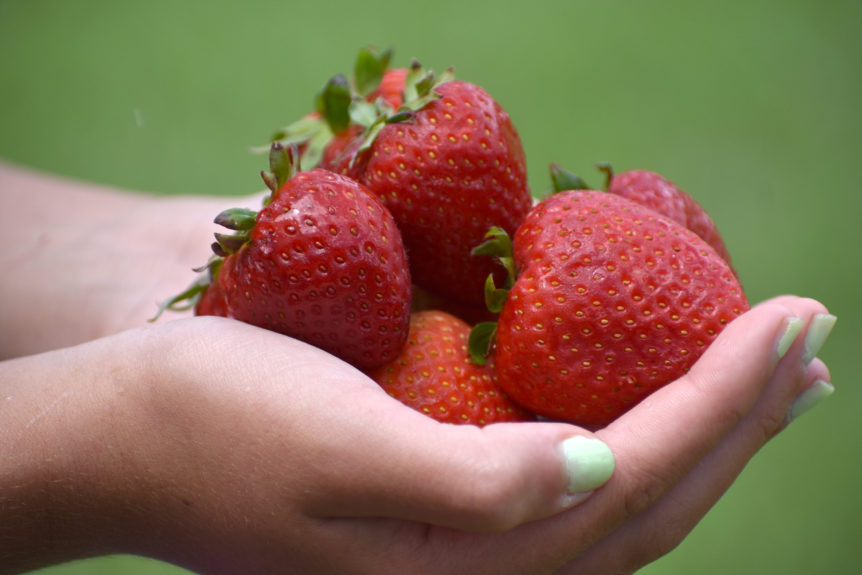By Clint Thompson
How Southeast strawberry growers manage their crops for Neopestalotiopsis (Neo) this year will largely depend on the cleanliness of the plants being brought into the region and the history of the disease in their fields.

Phil Brannen, University of Georgia (UGA) Cooperative Extension fruit disease specialist, highlighted the disease and current management strategies in the UGA Extension Strawberry Blog.
“If you’re bringing in transplants this year that you know have it or if you had it last year, you need to be pretty aggressive (with fungicides),” Brannen said. “If you’ve got clean plants and a clean field, what we’re telling folks is, we hope that if you’ve got that kind of situation, you can go back to farming strawberries like you used to. You can use Captan in the fall and if you do need to have some of the DMI fungicides thrown in there on top, use those products. You don’t have to just use the ones that are just active on Neopestalotiopsis.”
Disease Background
Neopestalotiopsis has been a danger to strawberry plants every year since it was first discovered during the 2018–19 season on five farms in Florida. The disease’s initial discovery was attributed to one nursery source in North Carolina. More than 20 farms experienced the disease during the 2019–20 season after it was attributed to two nursery sources early in the season in North Carolina and Canada.
Plant source remains a key determining factor in the disease’s impact every year. Brannen noted in August 2024 that nurseries canceled orders or advised plug plant growers and producers to take plants at their own risk because of the threat of the disease. More growers resorted to obtaining plants from the western U.S. this year and not from the traditional northeastern nurseries.
“We’ve been testing some plants in our diagnostic clinic in Athens, and the plants that are coming from out west so far have been clean. We have found what we think may be Neo in some plants from some eastern nurseries again. But we’re now in the process of trying to figure out whether it is the aggressive form of the pathogen,” Brannen said. “Everything coming from out west has been clean.”










